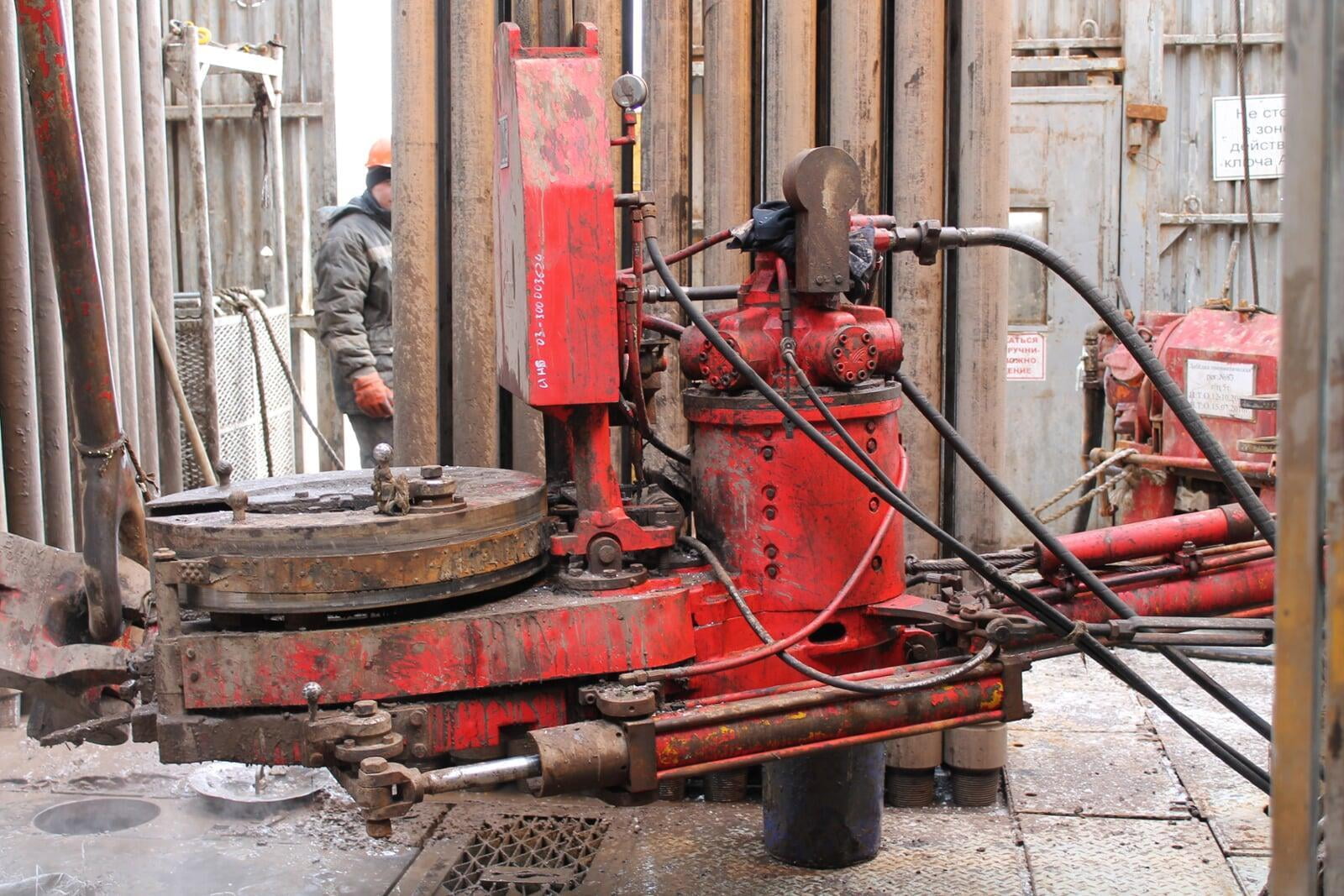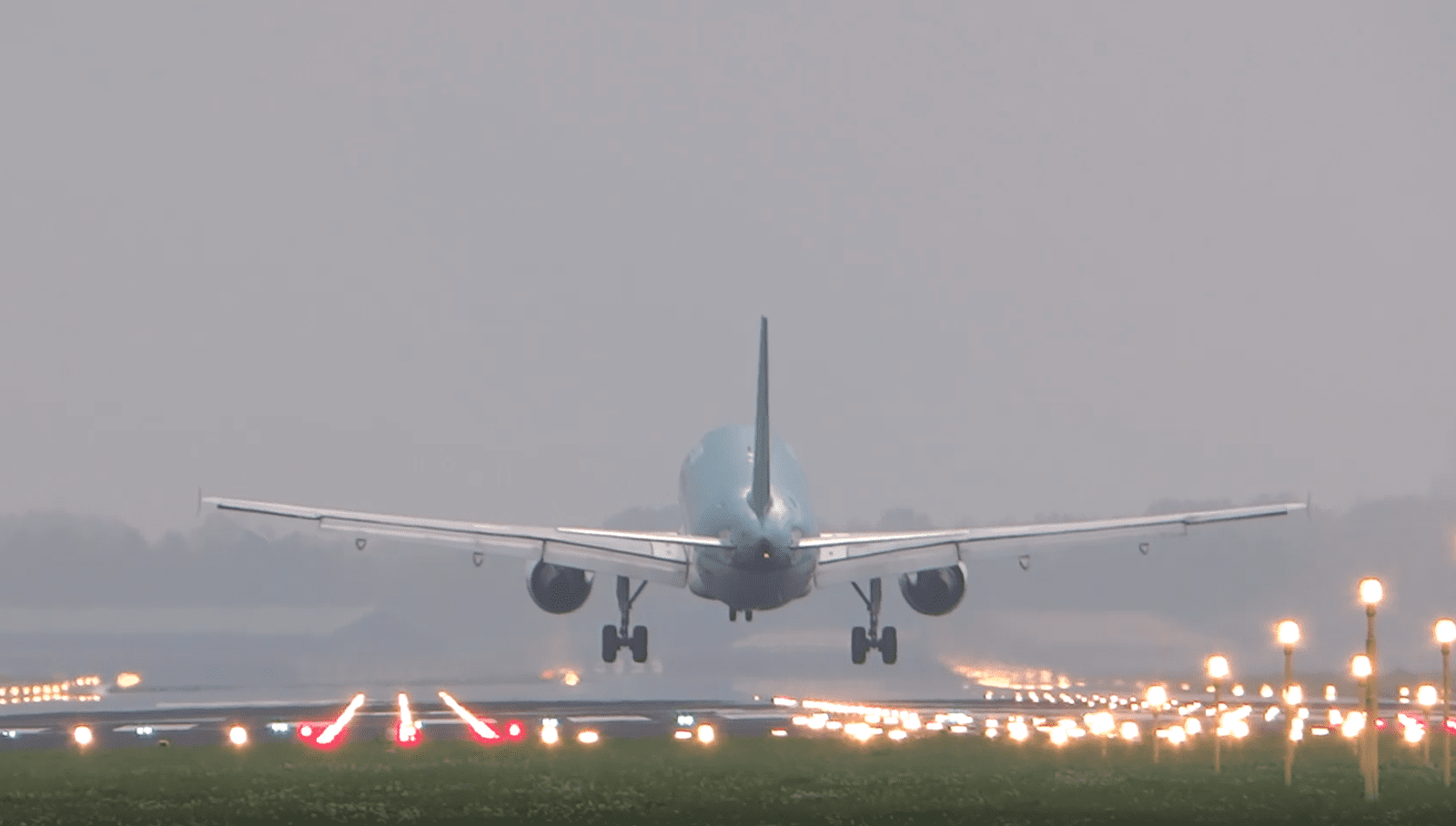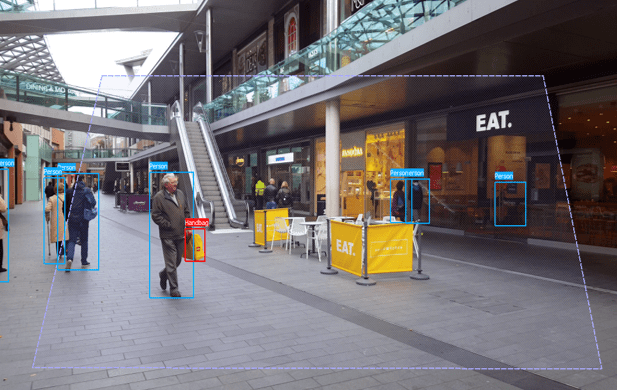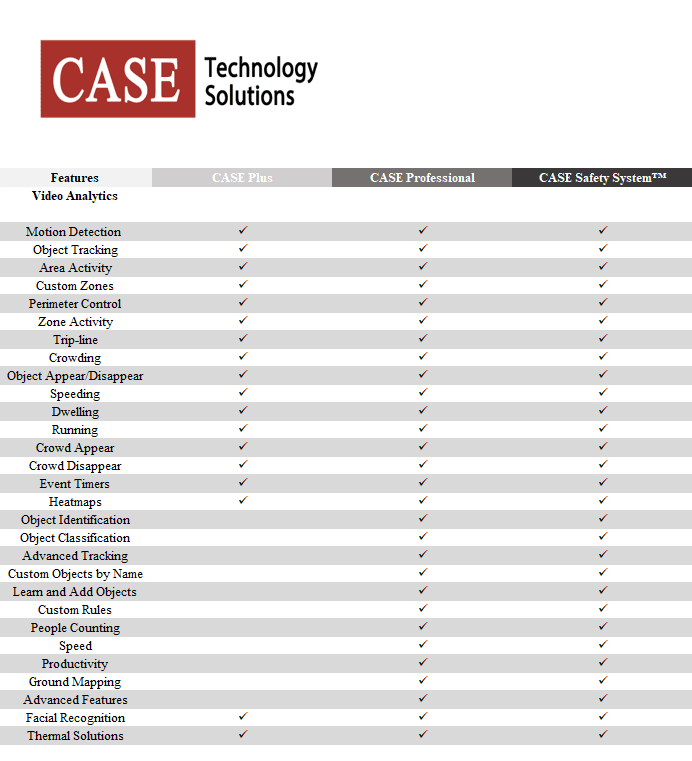Collision Prevention
Alarms, bells, or strobe lights can be activated, IP alerts, emails, and texts can be sent, or pre-programmed audible commands can go out to workers through a PA system. In some cases, machines can be shut down. Rules can be created around objects in motion and distances between objects.
Predictive Prevention
about human and machine travel paths
to better understand where potential
accidents might occur. Once enough
data is collected to identify a recurring pattern (workers performing repetitive tasks) it can determine the routes furthest away from moving machines to maximize safety. These routes can be used for best practices in the future.
than normal to a safe location,
Predictive Prevention can recognize
machinery in motion on the workers
new path and send an audible alerting
the worker to moving machines ahead.
Case Video Management
These features include
VMS Recording, Constant Recording, Scheduled Recording, Record on Events, Recording Disabled, Adjust Recording Sizes, VMS Notifications, Email Alerts, Text Alerts, Alarm Triggers, Database-Recording Timer, Custom Viewing Event Classification, Event Searches and more.
Object detection with advance notification alarms allows surveillance teams to focus on responding to alerts instead of just monitoring screens 24/7.
How it works
Case uses video streams and proprietary analytics for object identification, object tracking, and human/machine interaction rules. Once job-site safety rules have been established in the Case software, the Safety System takes over and monitors the workplace without assistance from humans.
The Case Safety System™ features include Object Identification, Object Tracking, Zone Management, Collision Prevention, and Predictive Collision Prevention. These features can function on their own, or in combination with each other to create more complex job-site safety rules.
CUDA Based Technology: Case’s Safety Analytics use GPUs (Graphical Processing Units) to handle parallel computing. In GPU-accelerated applications, the sequential part of the workload runs on the CPU – which is optimized for single-threaded performance while the computation intensive portion of the application runs in parallel on thousands of GPU cores.
This implementation of GPU technology allows the Case Safety System™ to run large amounts of cameras on a single system.





